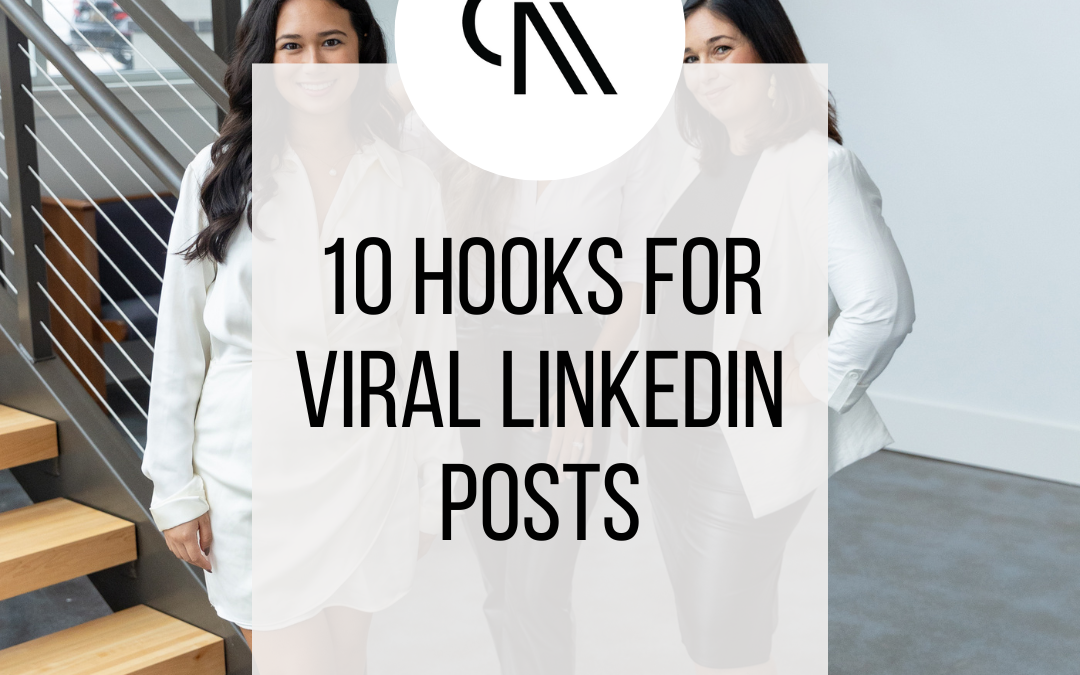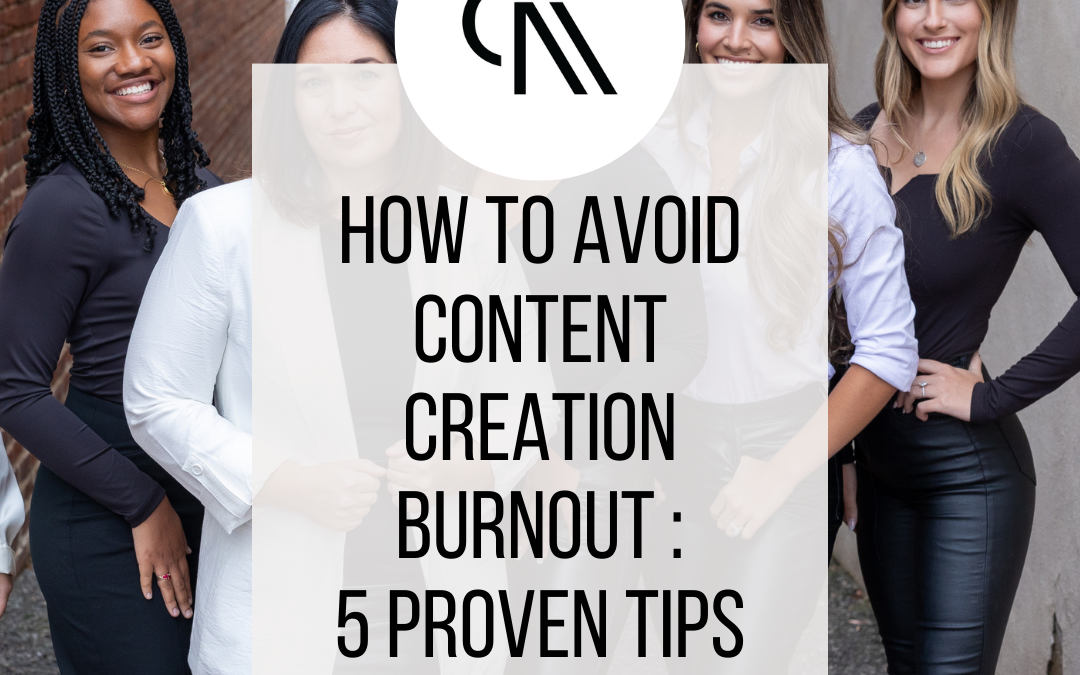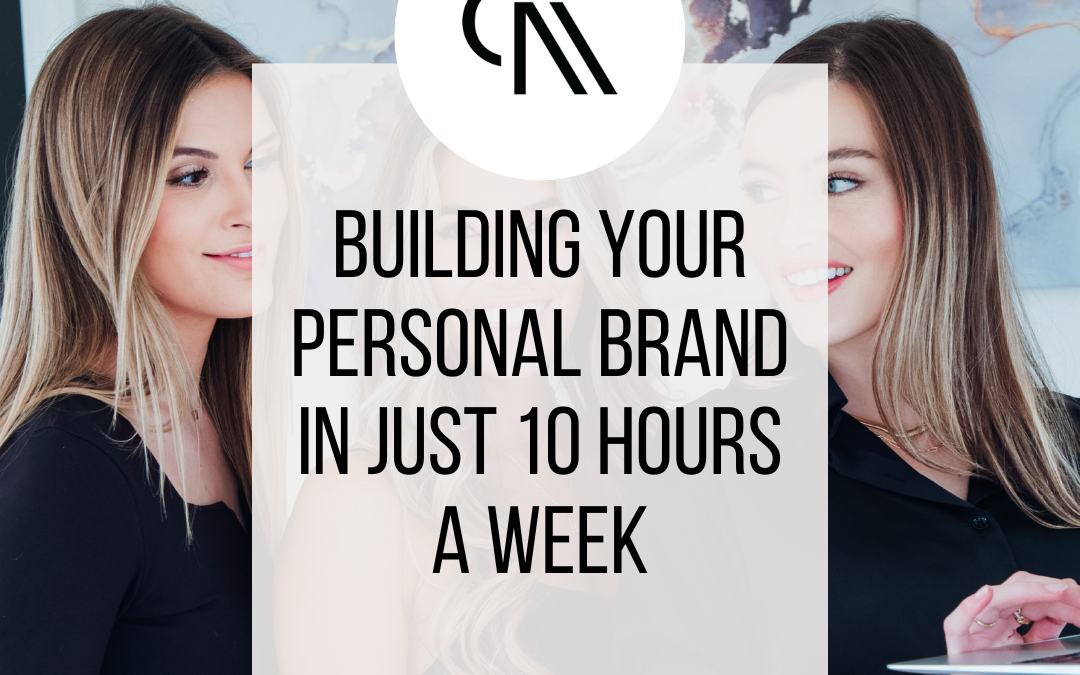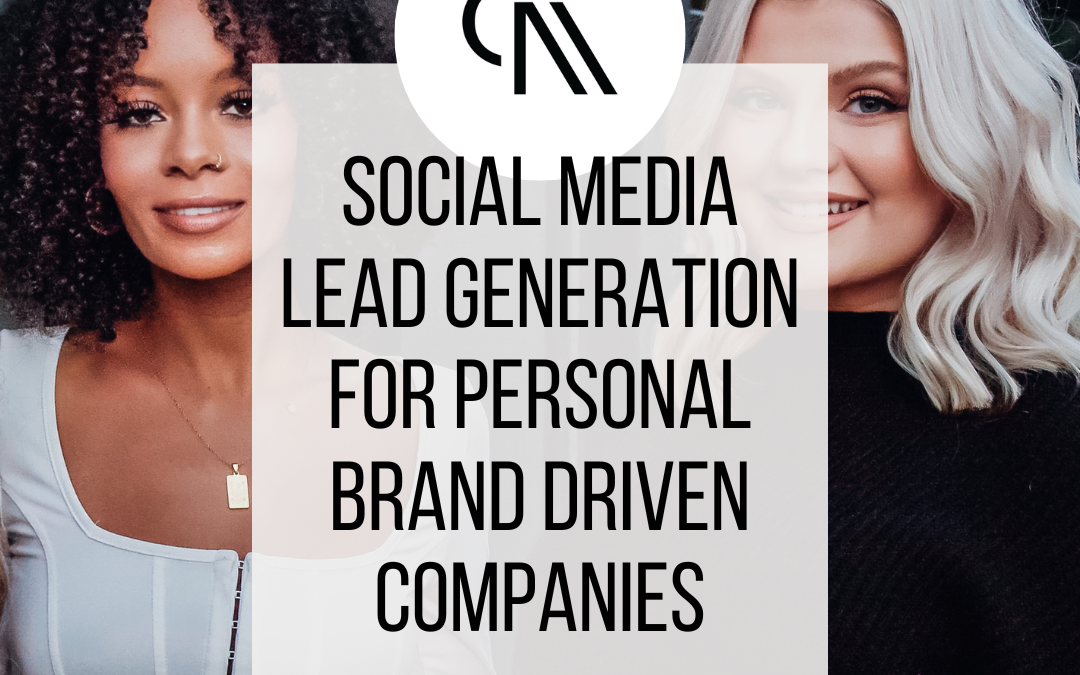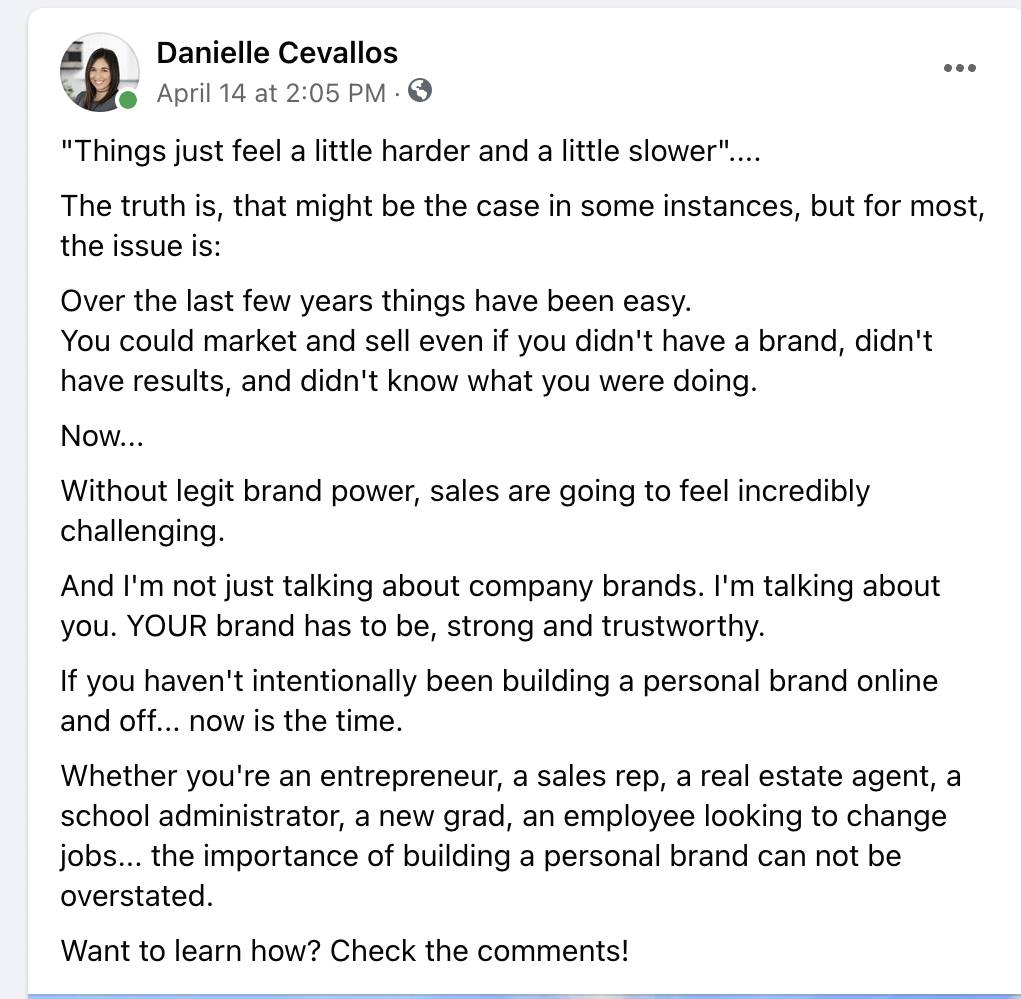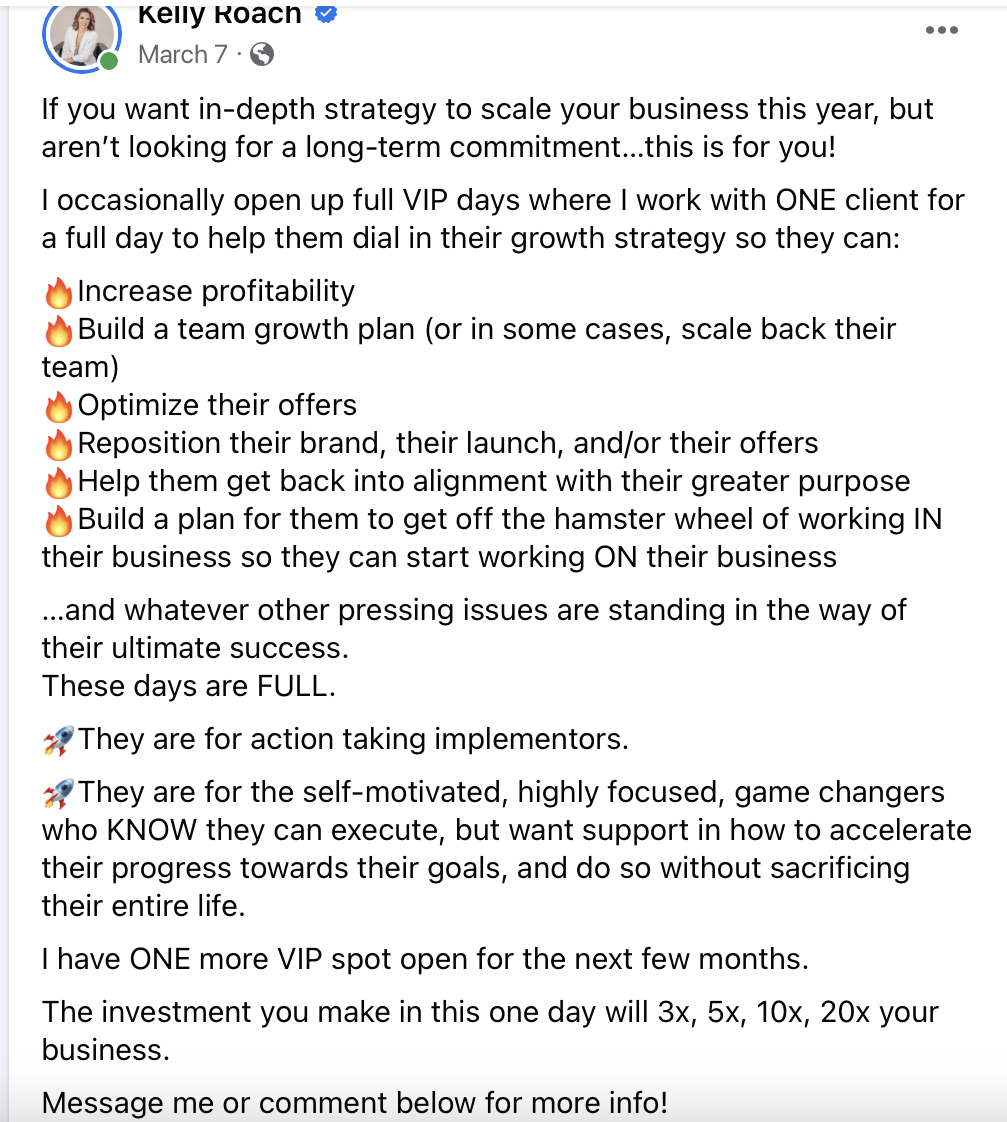
What’s the difference between branding, marketing, and sales?
When it comes to building a successful business, many entrepreneurs confuse branding, marketing, and sales. They think they have a “lead problem” when in reality, it’s a deeper issue rooted in these three key areas. Understanding the differences between branding, marketing, and sales can transform the way you attract and convert leads. So, let’s break it down.
Branding: Attract the Right People
Your brand is what draws the right people into your ecosystem—whether that’s your social media, website, ads, or physical business. It’s critical in today’s competitive market, yet many overlook branding because its payoff isn’t always immediate or easily measurable.
But when you invest in branding, something powerful happens:
- Your ad costs decrease.
- Your conversions increase.
- Your sales process speeds up.
Branding can be done through both organic methods (like creating content or guesting on podcasts) and paid traffic (such as ads for impressions or video views). It serves several key purposes:
- Bringing new people into your world with informational and inspirational content.
- Building trust and authority for your business.
- Familiarizing your target market with your ideas and solutions.
- Positioning you as the solution to their problem.
Think of branding as the free content you share, where there’s no direct call to action. The goal? Visibility, trust, and awareness among your target audience.
Marketing: Convert the Right People
Marketing is where the magic of conversions happens—though it’s not to be confused with sales. Your marketing efforts turn people in your ecosystem into:
- Email list subscribers
- Workshop or webinar attendees
- Sales call bookings
Effective marketing takes place through social media, emails, and conversion-focused ads. But remember, marketing is about moving prospects to the next step, not making the final sale.
If you’re not following up with a structured sales process, your marketing won’t have the full impact it should. When your marketing works, it means you’re attracting the right people to engage further with your business, but it’s the sales process that ultimately closes the deal.
Sales: Close the Deal
This is where most business owners face their biggest challenges. If you’re selling high-ticket products or services and relying solely on social media posts or emails to close deals, you’re setting yourself up for disappointment—especially if your branding hasn’t been dialed in.
The sales process begins when someone:
- Opts into your offer.
- Books a call with your team.
- Responds to a DM conversation and seems like a qualified lead.
To be successful, your sales process must:
- Nurture the lead once they’ve converted to your list or schedule.
- Qualify the lead to ensure they’re a good fit.
- Help the lead understand the offer and how it will help them reach their goals.
- Continuously follow up until they either decide they’re not interested or move to the next step.
The truth is, most people think they have a lead problem, but the real issue is often a missing or ineffective sales process. Instead of solely focusing on improving your marketing, take a step back and ask yourself:
- Have I invested enough in branding?
- Is my sales process clearly defined and effective?
Why You Need All Three: Branding, Marketing, and Sales
Understanding and leveraging the differences between branding, marketing, and sales is essential for business growth. You need all three to work together in harmony:
- Branding attracts the right people and builds trust.
- Marketing converts them into leads.
- Sales closes the deal.
Without an effective branding strategy, your marketing will be less efficient. Without a sales process, your marketing will never reach its full potential. Invest in each of these areas, and you’ll set your business up for success.
By optimizing your approach to branding, marketing, and sales, you can transform your lead generation and conversion efforts. Remember, the key to growth is not just having leads—it’s knowing how to attract, convert, and close them efficiently.
Need help refining your branding, marketing, or sales process? Schedule a consultation today, and let’s determine whether or not you would be a good fit for our agency services! No risk, just a quick chat! Book your call HERE!

